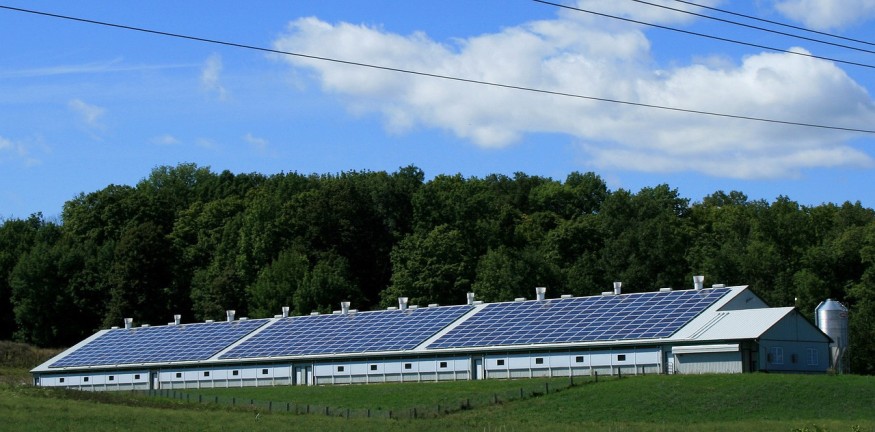A University of Houston professor revealed in a new study that a novel type of solar energy harvesting system can outperform all existing technologies in terms of efficiency. This study also demonstrated how it can reach the Landsberg limit.

Thermodynamic Limit
According to Bo Zhao, Kalsi Assistant Professor of Mechanical Engineering, solar energy harvesting efficiency can be improved to the thermodynamic limit through their architecture. The thermodynamic limit is the theoretical maximum conversion efficiency of sunlight to electricity, according to Wikipedia. Its value is approximately 86%, which is the Chambadal-Novikov efficiency, a close approximation to the Carnot limit based on photons emitted by the Sun's surface temperature.
Traditional solar thermophotovoltaic (STPV) relies on an intermediate layer to better tailor sunlight. The intermediate layer that faces the sun is designed to absorb all photons from the sun. Solar energy is thus converted to thermal energy in the intermediate layer, raising the temperature of the intermediate layer.
However, the thermodynamic efficiency limit of STPVs has long been thought to be the blackbody limit (85.4%). It remains significantly lower than the Landsberg limit (93.3%), which is the ultimate efficiency limit for solar energy harvesting.
Nonreciprocal STPV Systems
According to TechXplore, the scientists were able to demonstrate in this work that the efficiency deficit is caused by the inevitable back emission of the intermediate layer towards the sun as a result of the system's reciprocity. As a result, they proposed nonreciprocal STPV systems that make use of a nonreciprocal radiative intermediate layer.
Zhao said such a nonreciprocal intermediate layer can significantly reduce back emission to the sun while funneling more photon flux towards the cell. They demonstrated that with such advancements, the nonreciprocal STPV system can reach the Landsberg limit, and practical STPV systems with single-junction photovoltaic cells can also gain significant efficiency.
STPVs promise compactness and dispatchability, as well as increased energy efficiency that can be programmed on demand based on market demands.
ALSO READ: "Reverse Solar Panels" Harvest Energy at Night are Currently Under Works
Net Zero-Carbon Electricity System
It is critical to find more efficient ways to harness solar energy in order to transition to a carbon-free electric grid. According to a recent study, solar could account for up to 40% of the nation's electricity supply by 2035 and 45% by 2050 if aggressive cost reductions, supportive policies, and large-scale electrification are implemented. The data was provided by the U.S. Department of Energy Solar Energy Technologies Office and the National Renewable Energy Laboratory.
According to Regen Power, cities account for 70% of all energy-related CO2 emissions. Renewable energy solutions are a simple way to reduce future electricity demand and enable a net zero-carbon electricity system. Many towns and cities around the world have chosen renewable energy procurement options in order to meet their clean energy and climate goals.
Some towns in the United Kingdom and the United States have pledged to switch to 100% clean energy by 2050. Over 100 cities now get at least 70% of their power from renewable sources like hydro, geothermal, solar, and wind. People are shifting to solar energy because of its superior sustainability over fossil fuels.












